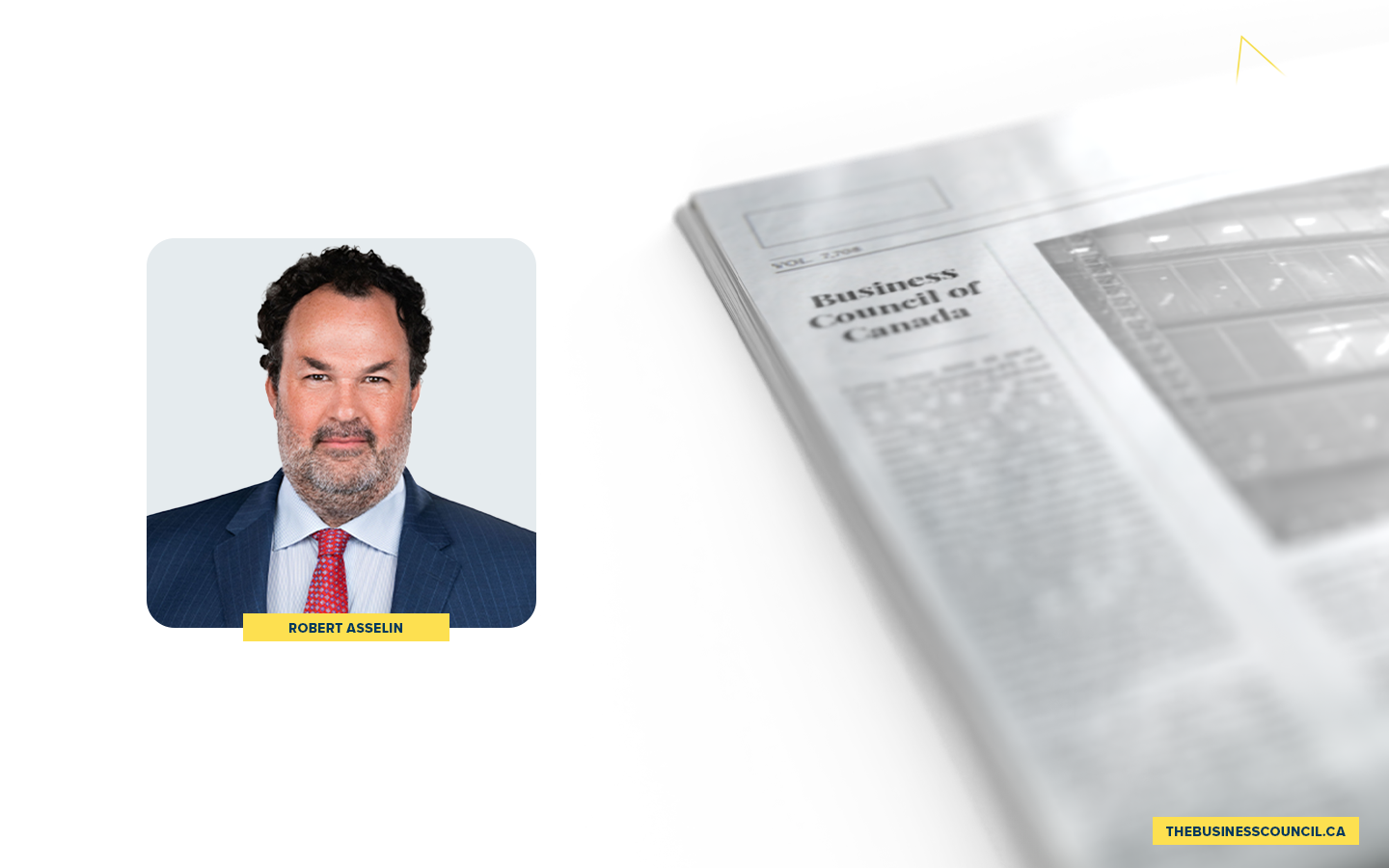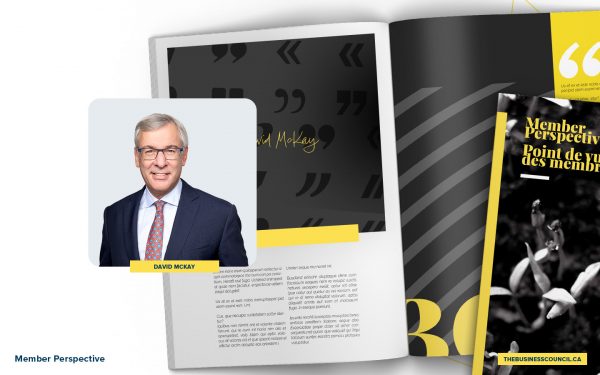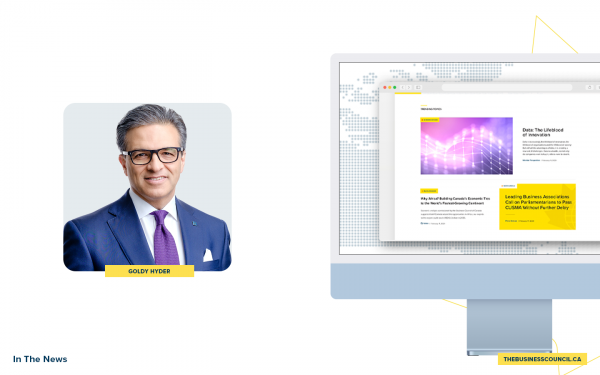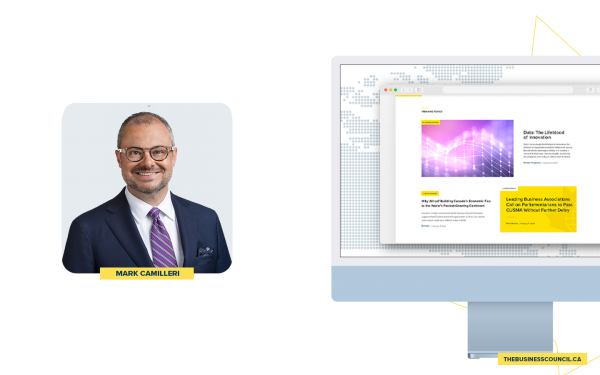New Trudeau cabinet, same old spending – this hurts the middle class
As published in The Globe and Mail
In 2015, the federal Liberals came to power in a period that had been largely defined by secular stagnation on the economic front. In such conditions, both interest rates and demand were low.
How times have changed. Now it’s the opposite. After pandemic restrictions were lifted, a huge shift in monetary policy to contain sustained inflation is now under way.
It should have triggered an equally big shift on the fiscal policy front. But it didn’t. The thinking inside government hasn’t evolved at all and, as a result, the decision has been made that more spending is always better.
After pandemic restrictions ended, the growth in spending just kept rising. As an example, for 2024-2025, projected spending increased by $25-billion from budget 2022 to budget 2023. The line gets pushed higher and higher every time the government presents a budget update. As a result, program spending as a percentage of GDP stands at about 20 per cent, the highest it has been since the nineties.
What the government seems incapable of recognizing is that its own actions are working against its leitmotif. The ripple effects of high inflation, the housing crisis and anemic productivity are the perfect recipe for middle-class stagnation.
Watching the cabinet retreat in Charlottetown unfolding in the past few days has been a bit surreal on that front. You would think a newly revamped cabinet would signal the urgency of changing course on fiscal and economic policy.
While it looked for a few days like the government was going to do a credible program review, it is now abundantly clear there will be no such thing. In essence, the Finance Minister has now confirmed the government will move money around but will not reduce its spending ambitions by any stretch. There will be no savings. At $3-billion a year, the planned spending review is a rounding error to be sure, but at least it was a start.
Every time the Finance Minister now mentions fiscal restraint, the government is rushing to telegraph new spending is on the way, the latest case being housing and pharmacare.
Never mind that bond yields are at their highest since 2007, that inflation has inflicted significant economic damage and that the economic outlook for the next few years looks grim. Here is the thing with uncontrolled inflation: It creates an affordability crisis for years. Even if it is brought under control at 2 per cent next year, price levels will have moved 10 to 15 per cent in some cases. The damage has been done.
When the Prime Minister and the Finance Minister state they’ll have Canadians’ backs by spending more, what they are saying effectively is that they are willing to handicap middle-class progress in the future because of the choices they are making today.
Apparently it doesn’t matter that the government blew the bank, because as Finance Minister Chrystia Freeland stated at the cabinet retreat, the government “is there to do big things.” Except big things are never free and money needs to come from somewhere. Jean Chrétien and Paul Martin understood that and acted accordingly in the nineties when they restored the sustainability of our public finances.
By moving money around in some kind of shell game and not acting responsibly, what the current government is doing is exactly the opposite of what Mr. Chrétien and Mr. Martin did. Ms. Freeland rightly pointed out that Mr. Chrétien and Mr. Martin did “very hard work” to secure Canada’s current triple A credit rating. But she seems oblivious to the fact that the fiscal course she is pursuing is putting that very credit rating at risk. We have seen the Biden administration surprised by a credit downgrade, and, here in Canada, it has already happened to the B.C. government.
Redistributing borrowed money may look virtuous, but at the end of the day it will just make us collectively poorer. It already has. The more the federal government spends on servicing the debt, the less it has to fund its core missions. Year-to-year debt-servicing costs have increased 23 per cent and are still rising.
More deficit-financed spending at higher interest rates will eventually and inevitably lead to levels of indebtedness that will force future governments to cut spending and raise taxes. It will lead to a weakened economy because businesses and investors will understand that high spending means higher taxes down the road, not just for them but for their employees.
People in government can comfort themselves with self-serving narratives, but facts are facts.
One fact is a government doubling down on an expansionary fiscal policy in a time of monetary tightening and high interest rates will work against the best interests of the middle class.
Another fact is a government not focused on economic growth will see the country’s GDP per capita continue to trend downward. This will lead to a further erosion of wages and living standards, again hurting middle-class progress.
The era of low interest rates has passed. The government must change course on fiscal policy.









